Trading Commodity Futures with Classical Chart Patterns
$38.73
| Author(s) | |
|---|---|
| Format |
|
| Pages |
208 |
| Publication Year |
1990 |
The goal of Trading Commodity Futures with Classical Chart Patterns is to get you thinking about the entire trading process in a slightly different light. Author wants you to discard the conventional wisdom that the key to improved profitability is some new trading approach or system. Once you establish a foundation of market knowledge and an understanding of the speculative process, the keys to increased profitability come from two areas:An appreciation of the human component in the trading equation-discipline and patience and Proper money management (risk control).
Author’s Note:
Classical charting principles DO NOT represent the Holy Grail. It is vital to keep in mind that over 50 percent of chart formations fail to deliver profitable trades. This may be an indictment of classical charting as a forecasting tool, but not as a trading tool. Classical charting principles do not account for all market price action. Oftentimes, major and intermediate market movements will occur independently of recognizable chart patterns. Classical charting principles do not explain all the markets all the time.
The patterns described by Edwards and Magee are a way to view markets so as to find defined trading opportunities. When a speculator acts on these opportunities over an extended period of time, they provide an edge. Period.
So, in a very real sense this book is as much a study of the speculative process and a certain philosophy of trading as it is a look at classical charting principles. In my experience over the years, I have noticed that there is a certain “conventional wisdom” about trading that floats around. It ranges from beliefs about market interrelationships (that lower interest rates and higher stock prices should go together) to ideas about the best trading approaches (that a high percentage of winning trades is better than a low percentage of winning trades).
Unfortunately, the conventional wisdom about trading is most often wrong. I would not be surprised if some of the ideas in this book run counter to what you have learned and believe. In areas where I attack the conventional wisdom, I hope you will be open minded and consider my reasoning. I am convinced that there can be no single “Complete Guide to Commodity Trading”. The individual speculator seeking to understand the trading process will glean a little bit of knowledge from many different sources. It is my hope that somewhere within this book you will find some statement or idea that will become an important building block for your trading future.
Contents:
- A Conversation Between Bruce Babcock and Peter Brandt
- Practical Trading Hints
- Chart Patterns and Targets
- Best Dressed Lists
Trading Commodity Futures with Classical Chart Patterns By Lewis Peter Brandt pdf
6 reviews for Trading Commodity Futures with Classical Chart Patterns
Clear filtersOnly logged in customers who have purchased this product may leave a review.

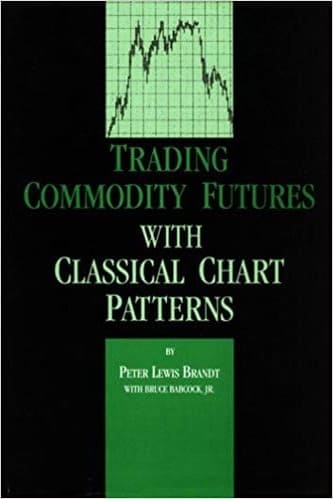
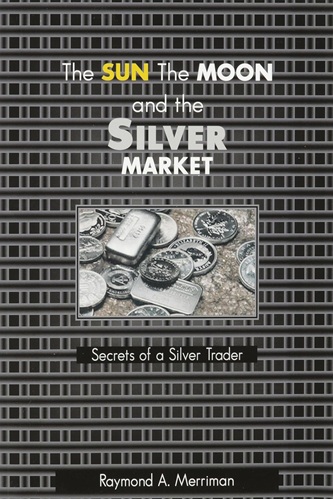

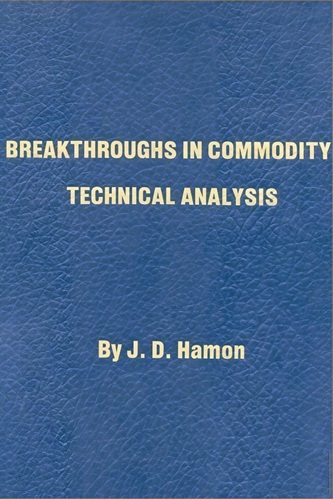

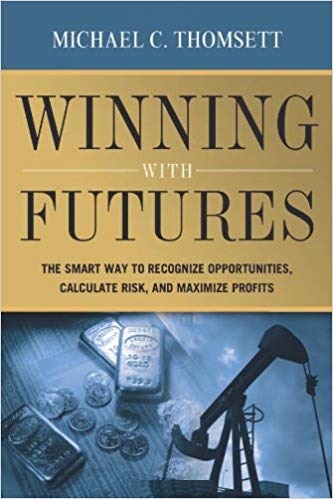
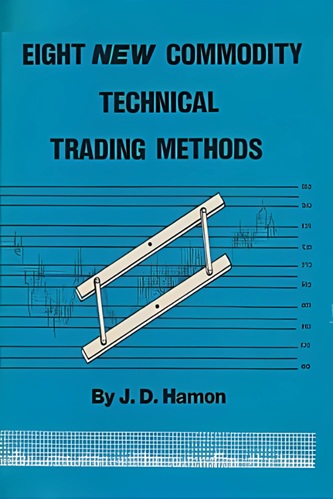
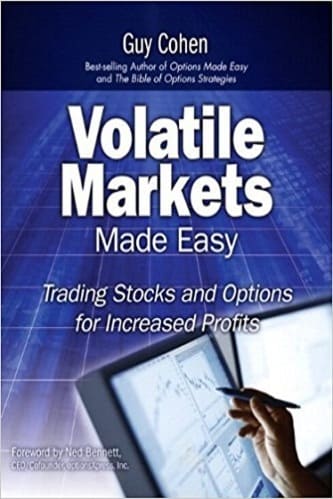
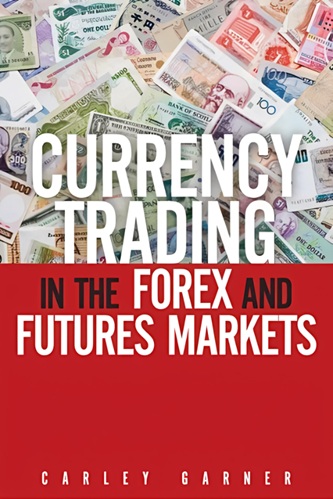
Alessandro Dougherty (verified owner) –
Just like the other reviewer, I am writing a review about the PDF that I received for being a Factor member. This book is an amazing example of concise and distilled advice. Peter is so consistent in his system and views and this book really proves his points because the book is old and Peter is absolutely saying the same things about charts and his system in 2016. Read everything you can get your hands on from Peter Brandt, including following his Tweets, you won’t be disappointed.
Ledger Donovan (verified owner) –
I bought this book on Ebay from a gentleman in Australia. I started reading the book recently, and I am 40 pages in. I can truly say, reading just these first 40 pages have been worth the price of the book. I wish that I discovered and read Peter Brandt’s work when I first started trading. I am looking forward to finishing this book, and eventually purchase his other works.
Bexley Christian (verified owner) –
Peter is one of the best traders to ever walk planet earth, and he has made millions trading commodities, stocks, currencies, and bonds for over half a century. Legendary!!
This book, like buying a book to learn a new language, is complimentary to experience or time in the woods. His follow-up book, Diary of A Professional Commodity Trader, does a more compelete job of laying out his trading principles, including his trailing three day stop rule. Five stars for this piece of history.
Joseph Conrad (verified owner) –
I read and 5-star reviewed “Diary…” in September 2011 and still recommend it as a must read. “Trading…” is a classic and great read, especially combined with Diary. My favorite part of the book is the interview portion that deals with psychology and habit patterns. The Best Dressed chapters are a good read, but some of the instruments do not exist any longer, the chart images are old, and they depict longer time frames than I trade. The commentary for each instrument is equal to or more valuable than the chart itself.
Azariah Kirk (verified owner) –
Do not waste time buying this book is useless.
Georgia Sanchez (verified owner) –
Firstly I must state that I didn’t buy one of the coveted out of print used copies listed here, but instead paid a subscription to Mr Brandt’s newly resumed Factor newsletter, and received a PDF of it from the man himself.
Having silently followed Peter for a number of years on twitter and his blog I knew he was the real deal, and able to draw from a wealth of experience, but after he was featured in the preface to Jack Schwager’s latest book, the little book of market wizards, I knew I had to jump in with two feet and study the man’s approach even more.
The advice in this book is a cut above that from other books on chart patterns, highlighting idiosyncracies in different configurations and markets which I haven’t seen anywhere else and acts as a nice companion to Schabacker and Edwards & Magee (on the latter go for the facsimile of one of the earlier additions).
Peter makes it clear to lay out the potential uses and limits of chart patterns, he doesn’t bestow them any mystical significance but reiterates that they are a trading tool with which to draw lines in the sand.
If you are interested in finding out a bit more about Peter without committing any cash, check out his interviews on mercenary trader, kirk report and Michael Covel’s trend following podcast.